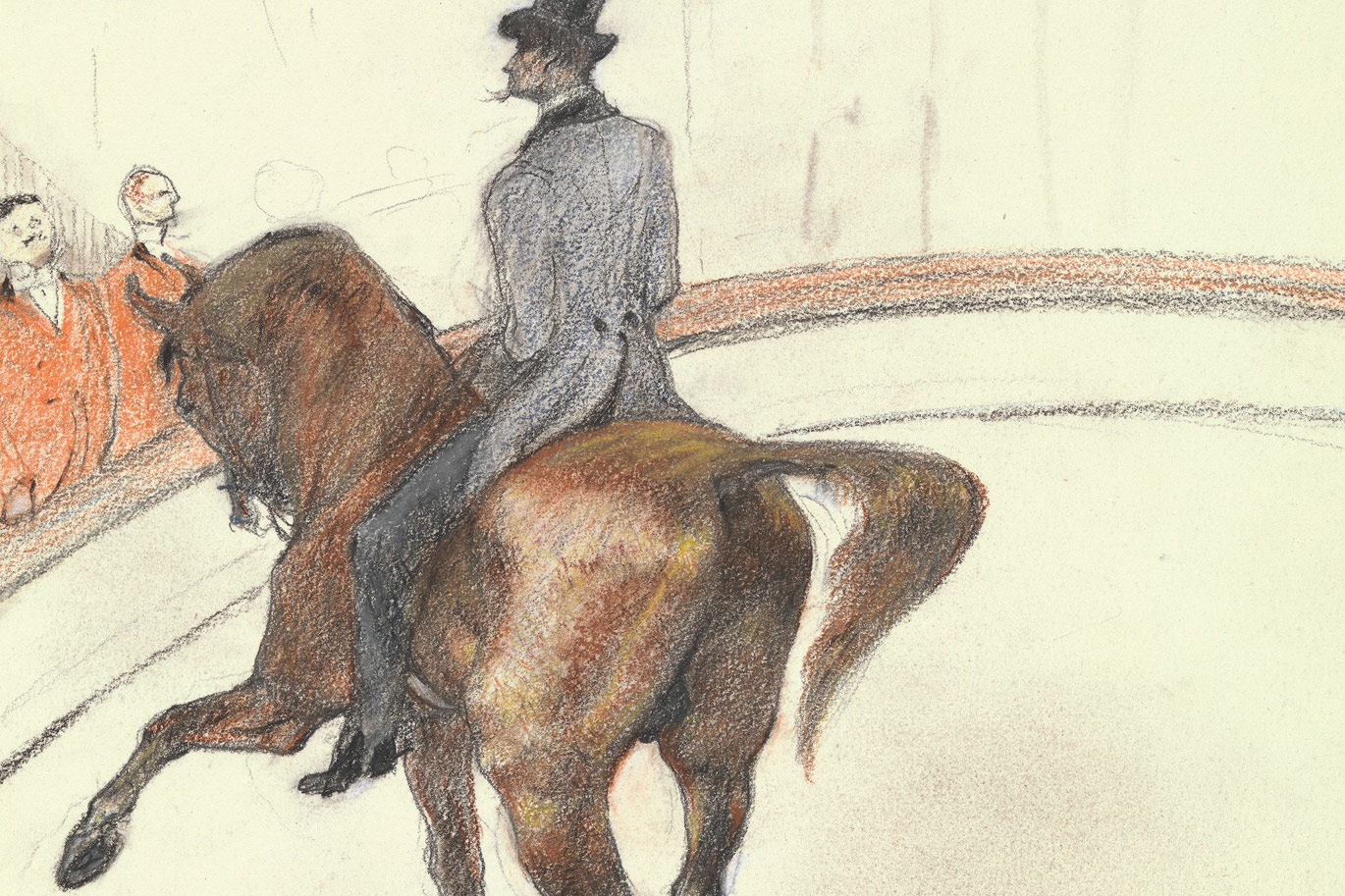In fifteenth-century Florence, the Basilica of the Santissima Annunziata housed thousands of wax sculptures, all created in response to a single fresco located on the interior wall of the nave. This painting, known as the Madonna of the Annunciation, holds a position of honor as Florence's most famous thaumaturgic image, and was believed to have healed countless devotees since its miraculous creation in the fourteenth century. The goal of the thesis is to explore a diverse collection of art objects--miracle-working paintings and votive offerings--in order to illustrate specialized types of artistic representation. Using religious studies, anthropology, and theories of magic, I argue that the miraculous cult of the Santissima Annunziata was analogical to remedial magic. By analyzing the Santissima Annunziata devotional cult objects in relation to period curative practice, a slippage between magic and religion in early modern Italy is revealed.
University of Washington Links
Main Menu
Mobile Menu
- Art
- Art History
- Design
- The School
- The Gallery


